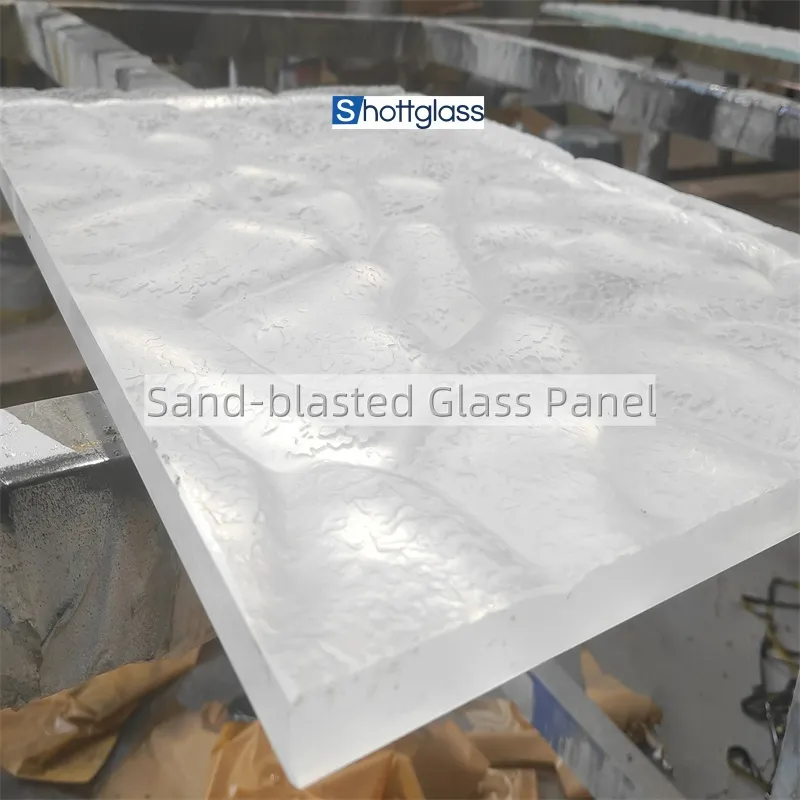Nov . 09, 2024 14:47 Back to list
Different Varieties of Tinted Window Glass for Your Home and Vehicle
Types of Tinted Window Glass
Tinted window glass has become an increasingly popular choice for both residential and commercial buildings, as well as vehicles. It offers an array of benefits, including improved aesthetics, enhanced privacy, UV protection, and energy savings. With various types of tinted window glass available on the market, it is important to understand the differences and advantages of each type. This article highlights the most common types of tinted window glass and their respective features.
1. Dyed Window Film
Dyed window film is one of the most common types of tinted glass, particularly for vehicles. This type of tint is created by applying a layer of dye to a clear adhesive film, which is then applied to the window. The dye absorbs solar energy, thereby reducing glare and heat. Dyed window film is available in various shades, allowing users to choose the degree of tint they prefer. However, while dyed films can enhance privacy and reduce glare, they may fade over time and can be less effective at blocking heat compared to other types of tint.
2. Metalized Window Film
Metalized window film incorporates tiny metal particles that reflect heat and UV rays. This type of tint provides superior heat rejection and glare reduction compared to dyed films. In addition to its functional benefits, metalized films also offer a sleek, mirrored appearance, enhancing the aesthetic appeal of both vehicles and buildings. However, it is essential to note that metalized films can interfere with electronic signals, which can be a disadvantage for vehicles equipped with GPS or satellite radio.
types of tinted window glass

Ceramic window film is a premium option composed of ceramic particles, making it one of the most advanced types of tinted glass available. Unlike dyed or metalized films, ceramic films do not contain any dyes that can fade over time, and they do not interfere with electronic signals. Ceramic films are effective at rejecting heat and UV rays while still allowing visible light to pass through, making them an excellent choice for those seeking maximum comfort without sacrificing visibility. Although ceramic films tend to be more expensive, the long-lasting performance and aesthetic appeal justify the investment for many consumers.
4. Reflective Window Film
Reflective window film is designed with a shiny, mirrored surface that reflects sunlight. This type of film is highly effective at minimizing solar heat gain and significantly reduces glare. Reflective film is ideal for commercial buildings and homes that receive a lot of sunlight, as its mirrored surface can enhance privacy during the day. However, it's essential to consider that reflective films can be less visually appealing in the evening when lights are on inside, and they may obstruct the view from the inside out.
5. Low-E Glass
Low-E (low emissivity) glass is a technologically advanced option that features a microscopic coating. This glass reflects infrared heat while allowing natural light to pass through, making it an excellent energy-efficient option for homes and buildings. Low-E glass provides year-round comfort by keeping interiors warm in the winter and cool in the summer. While it is an unconventional type of tinted window glass, its energy efficiency and UV protection make it a popular choice among environmentally conscious consumers.
Conclusion
Choosing the right type of tinted window glass depends on individual preferences and specific needs. From dyed and metalized films, which offer aesthetic and practical benefits, to high-performance options like ceramic and Low-E glass, the choices are diverse. When selecting tinted window glass, it is crucial to consider factors such as heat reduction, privacy, UV protection, and potential electronic interference. By understanding the types of tinted window glass available, consumers can make informed decisions that enhance their comfort, protect their property, and improve energy efficiency. Whether for vehicles or buildings, the right tinted glass can significantly contribute to an improved living or driving experience.
-
Safety and Style with Premium Laminated Glass Solutions
NewsJun.24,2025
-
Reinvents Security with Premium Wired Glass
NewsJun.24,2025
-
Premium Float Glass Line for Modern Architecture
NewsJun.24,2025
-
Low Emissivity Glass for Energy-Efficient Architecture
NewsJun.24,2025
-
High-Performance Insulated Glass Solutions for Modern Architecture
NewsJun.24,2025
-
Elevates Interior Style with Premium Silver Mirror
NewsJun.24,2025
Related PRODUCTS














